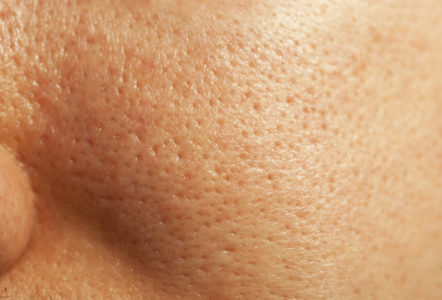Blemish Removal or Advanced Cosmetic Procedure is a safe, effective and quick treatment procedure that involves the removal of many skin blemishes or lesions using an electrical current. These include:
Telangiectasia or broken capillaries
Thread veins or broken capillaries can commonly occur on the face. There is no single factor that determines if you will be prone to them. It is better to try and prevent damage by limiting exposure to UV rays and wearing a broad spectrum SPF daily. Environmental factors and hormone changes may also be a cause.
Veins become more noticeable as we age as they lose the ability to contract after temporary dilation, so they remain fully dilated and therefore visible. Advanced electrolysis uses a current to cauterise the blood vessel using a low current.
Spider Naevi
This is simply a cluster of blood vessels and is treated in same way as above, there can often be a red centre or body with veins running from it.
Cherry Angioma’s or Blood spots
These are caused by small veins lying just beneath the outer layer of the skin. They can occur on the face and the body.
During treatment we cauterise the blood spot and the blood residing in the vein beneath gets reabsorbed into the body.
Milia
Sometimes called a “Milk Spot”, they are keratin filled cysts that sit just under the epidermis. They should be removed professionally as they are not a normal spot. They are caused by clogs in eccrine sweat glands. Can commonly be found on the face and easily treated using advanced electrolysis, which melts away the keratin plug.
Seborrheic Keratosis
These non cancerous skin growths are related to the wart family. They can vary in colour and can be raised from the skin. They can be commonly found especially in the over 50’s on the head, face or body. They are not contagious and can appear dry and scaly.
Skin tags
These small blemishes are commonly found and can sometimes catch on jewellery or when shaving. They can grow in size which can make them more difficult to remove. Some people are more prone to getting them, they are caused by friction or rubbing, and wearing jewellery can often be a cause. They are easily removed using advanced electrolysis leaving no scarring.
Warts
Theses are growths caused by the Human Papilloma Virus (HPV), in general warts can be spread by touch.
Common warts – typically found on the handset can be found on other areas too. They usually stand out from the skin, are firm to touch, tend to be itchy and are easily spread from one person to another.
Plane warts – are caused by a virus and are always contagious. They remain flat to the skin, appear rough and can be on their own or in a cluster. They occur in high visible areas such as wrists, hands or face.
Verrucas or plantar warts – generally quite flat in appearance, they have their own blood supply which is visible in the little black dots. There can be an area of hard skin around the blemish which is keratinised tissue. They can be painful as they are forced into the skin by walking and standing.
Moles (must have GP consent)
These are formed by clusters of cells known as Melanocytes, usually developing in the earlier years of life. They may appear flat or raised, light or dark, with or without hairs. Just be aware of any changes that may take place with a mole, if it changes colour, starts to grow, becomes crusty or itchy then it is best to get it checked out at your local GP surgery. A letter is required from your GP to say the mole is safe to be removed.
Sebaceous Hyperplasia
Although these can affect all skin types, oiler skins are more likely to encounter them. The small bumps may be white, pink or yellowish and will have a small dimple in the middle of each bump. They can be found on areas close to oil glands. These are likely to reoccur.




